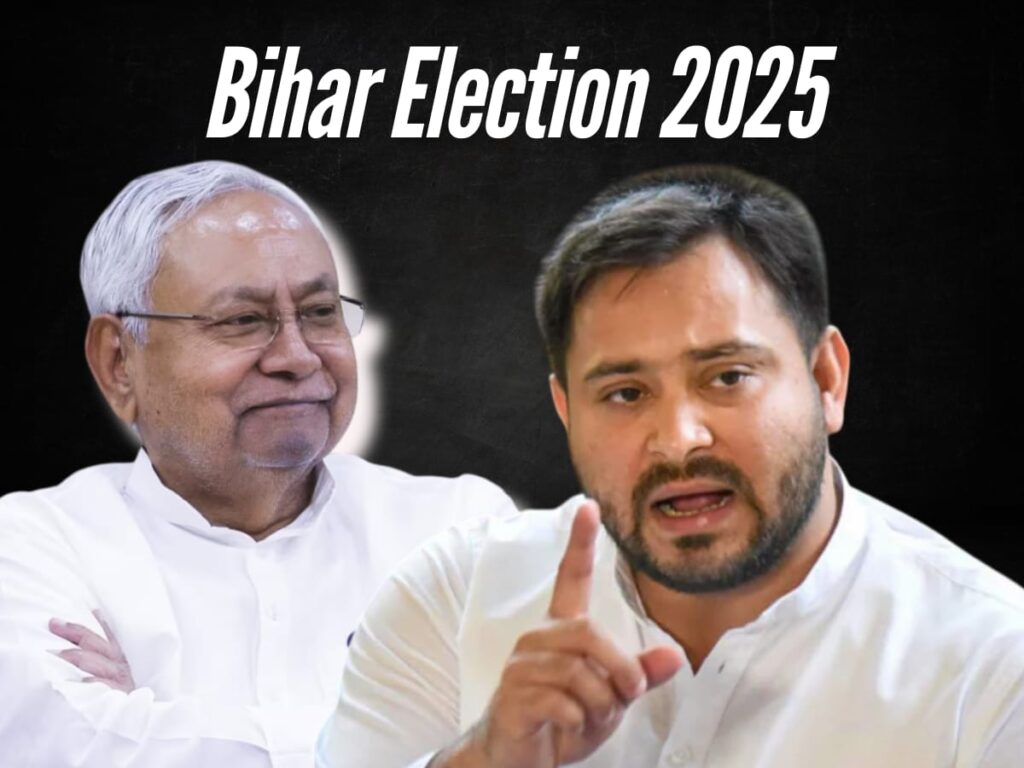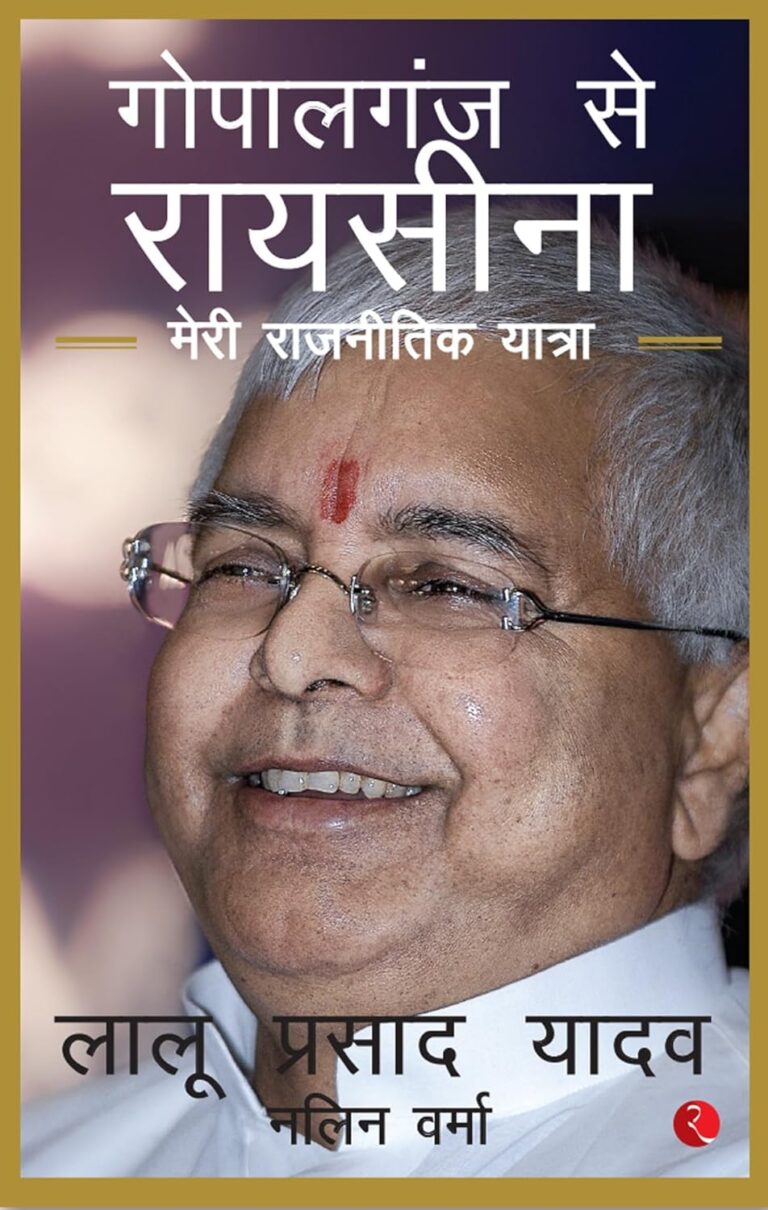Brief overview of Bihar’s political landscape
Bihar elections have always been a reflection of the state’s dynamic political landscape. Over the decades, Bihar election history has witnessed the rise and fall of major political parties, shifting alliances, and significant changes in voter preferences. The state has traditionally been influenced by caste-based politics, but development issues, employment, and governance are increasingly shaping voter choices. Bihar voter behavior analysis reveals that urban and rural constituencies often display contrasting trends, with younger voters playing a more decisive role in recent elections. Political parties such as JD(U), RJD, and BJP continue to dominate the scene, forming alliances to strengthen their influence. Bihar political trends indicate that coalition strategies, regional leadership, and social factors significantly impact electoral outcomes. As the Bihar Elections 2025 approaches, understanding these historical patterns and voter behaviors is crucial for predicting results and analyzing the evolving political dynamics of the state.

Voter Demographics in Bihar
Bihar’s diverse population significantly shapes its electoral outcomes. The state comprises multiple caste groups, including Yadavs, Kurmis, Brahmins, and Dalits, each influencing voting patterns in different regions. Religion and community also play a role, though caste continues to be a dominant factor in Bihar voter behavior analysis. Youth voters and first-time voters have been steadily increasing, making their preferences crucial for political parties. Urban constituencies often prioritize development and employment issues, while rural voters may focus on agriculture, infrastructure, and social welfare schemes. Women’s participation has grown, reflecting greater awareness and engagement in governance. Understanding these voter demographics is key to analyzing Bihar political trends, predicting electoral shifts, and designing effective campaign strategies. The 2025 Bihar elections will likely see the impact of demographic changes more strongly, with younger voters and socially-conscious citizens influencing results more than ever.
Past Bihar Election Results
Bihar election history shows a complex interplay of political parties and alliances. Over the last few decades, JD(U), RJD, and BJP have alternately dominated the state, often forming coalitions like NDA or Mahagathbandhan to secure majority. Lok Sabha and Assembly election results indicate that swing constituencies and regional strongholds can determine overall outcomes. Voter turnout has varied from 55% to over 60% in recent elections, reflecting active public participation. Bihar voter behavior analysis suggests that loyalty to certain parties often changes based on development initiatives, leadership credibility, and social welfare programs. Election outcomes in 2010, 2015, and 2020 reveal patterns of alliance politics and voter realignment. As Bihar Election 2025 approaches, studying these past results is essential to anticipate party strategies, predict key battleground areas, and understand how historical voting patterns may influence future electoral decisions.
AD
Voting Trends and Patterns
Voting trends in Bihar reveal both continuity and change in electoral behavior. Traditionally, caste-based voting shaped most election results, but recent Bihar political trends indicate a gradual shift toward performance-oriented voting, especially in urban centers. Rural voters often prioritize social welfare schemes, infrastructure, and local leadership, while younger and first-time voters focus on employment, education, and development policies. Bihar voter behavior analysis also highlights the influence of political alliances, with NDA and Mahagathbandhan coalition strategies significantly affecting voting outcomes. Turnout varies across districts, with constituencies like Patna, Gaya, and Muzaffarpur often emerging as critical battlegrounds. The 2025 elections are expected to see higher engagement from youth and women, reflecting evolving voter priorities. Monitoring these voting patterns helps predict election results, understand regional preferences, and identify key factors shaping Bihar’s ever-changing political landscape.
Key Political Factors Influencing Bihar Elections
Bihar’s political landscape is influenced by a mix of historical, social, and developmental factors. Caste and community remain significant determinants, while governance, development initiatives, and employment opportunities increasingly sway voter preferences. Bihar voter behavior analysis shows that strong regional leadership, coalition dynamics, and local campaign strategies can significantly impact election outcomes. Parties such as JD(U), RJD, and BJP often leverage alliances to strengthen their position, while smaller regional parties can play a crucial role in close contests. Social issues, including education, healthcare, and women’s empowerment, are gradually influencing Bihar political trends. The Bihar Election 2025 is likely to be shaped by a combination of these factors, reflecting both traditional voting loyalties and modern aspirations of an increasingly aware electorate. Understanding these dynamics is essential for analyzing electoral strategies and predicting potential winners.
Impact of Political Alliances
Political alliances have historically played a decisive role in Bihar elections. The state’s electoral outcomes are often determined not just by individual parties but by coalition strategies. Alliances like the National Democratic Alliance (NDA) and Mahagathbandhan (Grand Alliance) consolidate votes across different caste groups, regions, and communities, giving them an edge in closely contested constituencies. Bihar voter behavior analysis shows that many voters choose alliances rather than single parties, especially when leadership credibility and local representation are considered. Strategic seat-sharing arrangements and pre-election pacts allow parties to maximize their vote share and avoid splitting support. Over the years, the success of alliances has significantly influenced Bihar political trends, impacting governance and majority formation in the Legislative Assembly. As Bihar Election 2025 approaches, the role of alliances will remain crucial, shaping campaign strategies, voter perception, and ultimately, the outcome of the elections.
Factors Influencing Bihar Voters
Bihar voters are influenced by a mix of social, economic, and political factors that shape election outcomes. Historically, caste and community affiliations have played a significant role, with many voters aligning with parties representing their social groups. However, Bihar voter behavior analysis indicates that development-related issues, such as employment, education, infrastructure, and governance, are increasingly shaping voter priorities. The credibility of political leaders, effectiveness of local administration, and implementation of welfare schemes also impact voter decisions. Youth and first-time voters are becoming more concerned with job opportunities and development prospects, while women voters increasingly weigh social welfare and safety measures. Bihar political trends show that pre-election promises, coalition strength, and regional leadership credibility can significantly sway voter preferences. Understanding these factors is essential for analyzing Bihar Election 2025, as parties strategize to appeal to diverse voter segments and maximize their electoral support across the state.
Recent Bihar Election Analysis
The recent Bihar elections reflect significant shifts in voter behavior and political strategies. Over the last few assembly elections, Bihar voter behavior analysis shows that urban voters are increasingly focused on development, employment, and governance issues, while rural constituencies continue to weigh caste and community dynamics. Political alliances, such as the NDA and Mahagathbandhan, have played a crucial role in shaping outcomes, with coalition strategies often deciding the winner in closely contested constituencies. Voter turnout has remained strong, indicating active public engagement in the democratic process. Recent Bihar political trends suggest a gradual move toward performance-based voting, with younger and first-time voters influencing results more than ever. Studying these elections provides insights into swing regions, the effectiveness of campaign strategies, and emerging leaders. This analysis helps forecast potential strategies for parties and highlights the evolving nature of Bihar’s electoral landscape.
Future Predictions and Trends
Looking ahead to Bihar Election 2025, several emerging trends are likely to shape the political landscape. Bihar voter behavior analysis suggests that youth and first-time voters will play an increasingly decisive role, with priorities such as employment, education, and development influencing their choices. Women voters are also expected to have a greater impact, reflecting growing political awareness and engagement. Bihar political trends indicate a gradual shift from traditional caste-based voting to performance-oriented voting, especially in urban and semi-urban areas. Coalition dynamics, including the strength of alliances like the NDA and Mahagathbandhan, will continue to influence electoral outcomes. Regional leadership, campaign strategies, and effective governance records are expected to sway voter preferences in closely contested constituencies. By analyzing past results, voting patterns, and demographic shifts, political parties can better strategize for the upcoming elections. Overall, the future of Bihar elections reflects a more informed and dynamic electorate shaping the state’s democratic process.
Conclusion
Bihar elections showcase the dynamic and evolving nature of the state’s political landscape. From its rich electoral history to shifting voter behavior, understanding past results, demographic patterns, and political alliances is crucial for analyzing election outcomes. Bihar voter behavior analysis highlights the growing influence of youth, first-time voters, and women, alongside traditional caste and community considerations. Bihar political trends indicate a gradual shift toward performance-based and development-focused voting, particularly in urban and semi-urban regions. Coalition strategies, leadership credibility, and regional representation continue to play a decisive role in shaping results. As Bihar Election 2025 approaches, parties must adapt their campaigns to appeal to diverse voter segments while addressing governance and development issues. Overall, studying these factors provides valuable insights into voter priorities, potential outcomes, and the strategies that will define the future of Bihar’s democratic process, making the state a critical and closely-watched political arena.
 डिस्क्लेमर (Disclaimer)
डिस्क्लेमर (Disclaimer)
Thoth.in.net के इस ब्लॉग में दी गई सभी जानकारियाँ केवल सामान्य सूचना और जागरूकता के उद्देश्य से साझा की गई हैं। राइटर ने हर संभव प्रयास किया है कि जानकारी सटीक और अपडेटेड हो।
पाठकों से निवेदन है कि किसी भी आवेदन, निवेश, या निर्णय लेने से पहले संबंधित आधिकारिक स्रोत (जैसे सरकारी वेबसाइट, यूनिवर्सिटी पोर्टल, बैंक अथॉरिटी आदि) से जानकारी को एक बार अवश्य सत्यापित (cross-check) करें।
लेखक या वेबसाइट किसी प्रकार की हानि, गलती या ग़लतफहमी के लिए उत्तरदायी नहीं होगी।
 धन्यवाद!
धन्यवाद!
यदि आपको जानकारी उपयोगी लगी हो, तो कृपया शेयर करें और सुझाव नीचे कमेंट में दें।
📬 Stay Updated! Subscribe to Our Newsletter
Get latest articles delivered straight to your inbox.


